One of the wonderful aspects of watching the Merrie Monarch hula competition every year in Hilo is seeing the beautiful flowers the dancers wear. Adorned with intricate leis in vibrant hues of red, orange, green, and yellow, dancers wear leis around their wrists, ankles, necks, and head.
What do the flowers mean and why do different dancers wear different colored flowers? Hula dancers wear three different types of lei:
- lei po‘o (head lei)
- lei ‘a‘i (neck lei)
- kupe‘e (lei for wrist and ankles)
Every hula dance tells a story. That story, whether it be about a person or event, dictates the flowers that will be used in the lei worn by the dancers. The kumu hula (hula teacher) takes many factors into consideration when deciding which flowers to use in a hula.
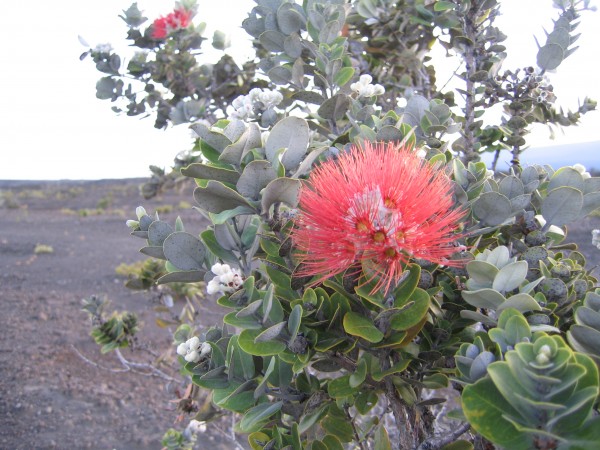
Photo by Denise Laitinen
Sacred Plants
Some plants are considered sacred to particular gods or goddesses and are used to represent that deity. For example, ‘ie‘ie and maile are considered sacred to the hula goddess Laka, while lehua flowers from the ohia tree are considered sacred to Pele, the volcano goddess. If you see hula dancers wearing red lehua flowers, then you know their dance is in reference to Pele. However, red and yellow lehua (mamo) are significant to ali‘i (Hawaiian royalty) and mamo also indicates offspring.
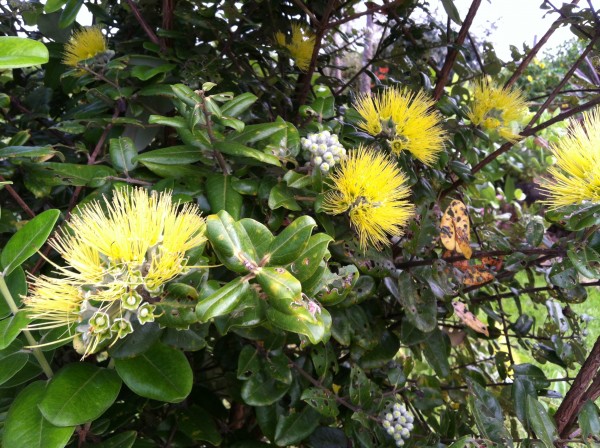
Photo by Denise Laitinen
Each Island is Represented by a Certain Flower or Lei
Flowers and the lei type can also represent different islands. For a hula about Queen Emma, a kumu hula might decide to have the dancers wear ‘ilima because Queen Emma was from Oahu and ‘lima is the official flower of Oahu. If the halau performing the dance about Queen Emma is from Hawaii Island, the dancers might wear neck leis made of ‘ilima with lei po’o (head leis) made of liko lehua to symbolize the halau’s connection to Hawaii Island.
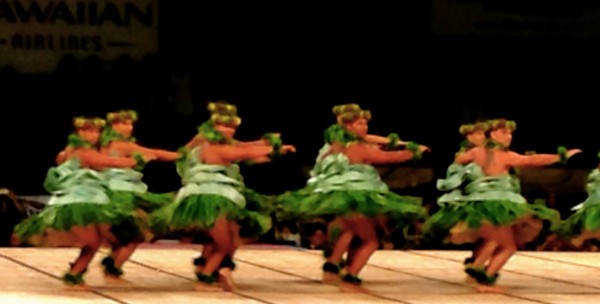
Merrie Monarch Festival
Not Every Plant Represents a God, Royalty, or an Island
Plants such as a‘ali‘i and ti leaf don’t belong to any particular god, goddess, or island. One of the most common plants seen at the Merrie Monarch Festival is the ti plants. Considered a sacred symbol of the gods and an emblem of divine power, ti plants are seen as a symbol of protection against evil. It is used in the skirts worn by dancers performing kahiko or ancient hula.
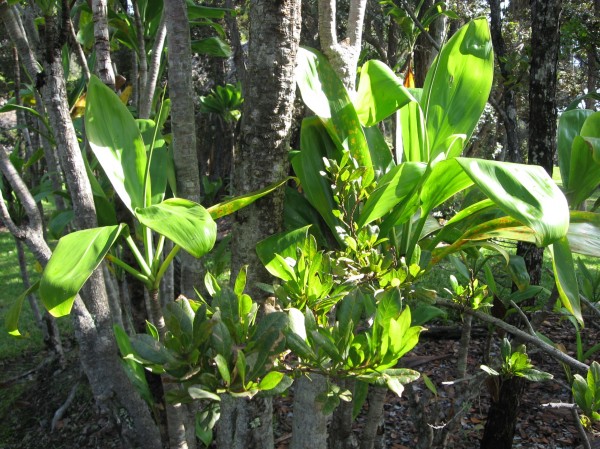
A’ali’i plant with ti leaf plant in the background (Photo by Denise Laitinen)
Some Plants Are Chosen For Their Durability
Laua’e and palapalai ferns are usually worn by dancers around their wrists and ankles. The plants are hearty enough to withstand being worn by active dancers, and since the leis are made in the days before the competition, they are also long lasting. Palapalai also represents the goddesses Hi’iaka (Pele’s sister) and Laka.
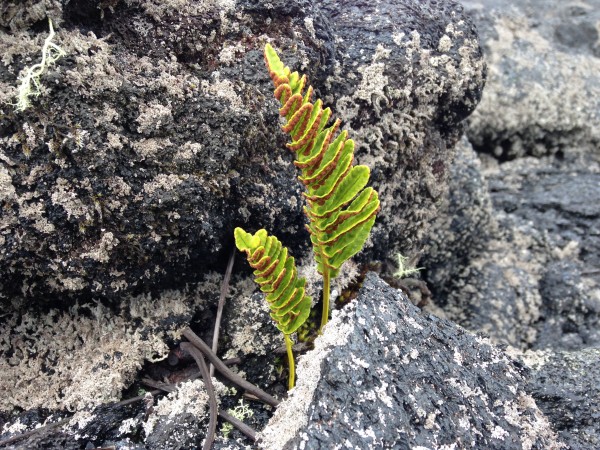
A Celebration of Hula
Hilo town on the Big Island of Hawaii has had the honor to host the Merrie Monarch Festival since it began in 1963. Hilo town comes more alive than ever during the annual presentation of this event. The festival is considered the world’s premier forum for people of all ages to display their skills and knowledge of the art of ancient and modern hula. Throughout the celebration, thousands of people in Hawaii and all over the world are learning about the art of hula, as well as the history and culture of Hawaii.


Leave your opinion here. Please be nice. Your Email address will be kept private, this form is secure and we never spam you.